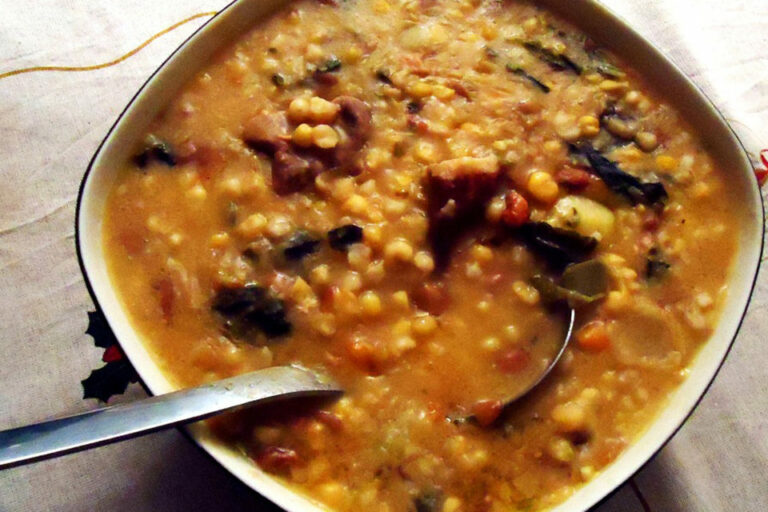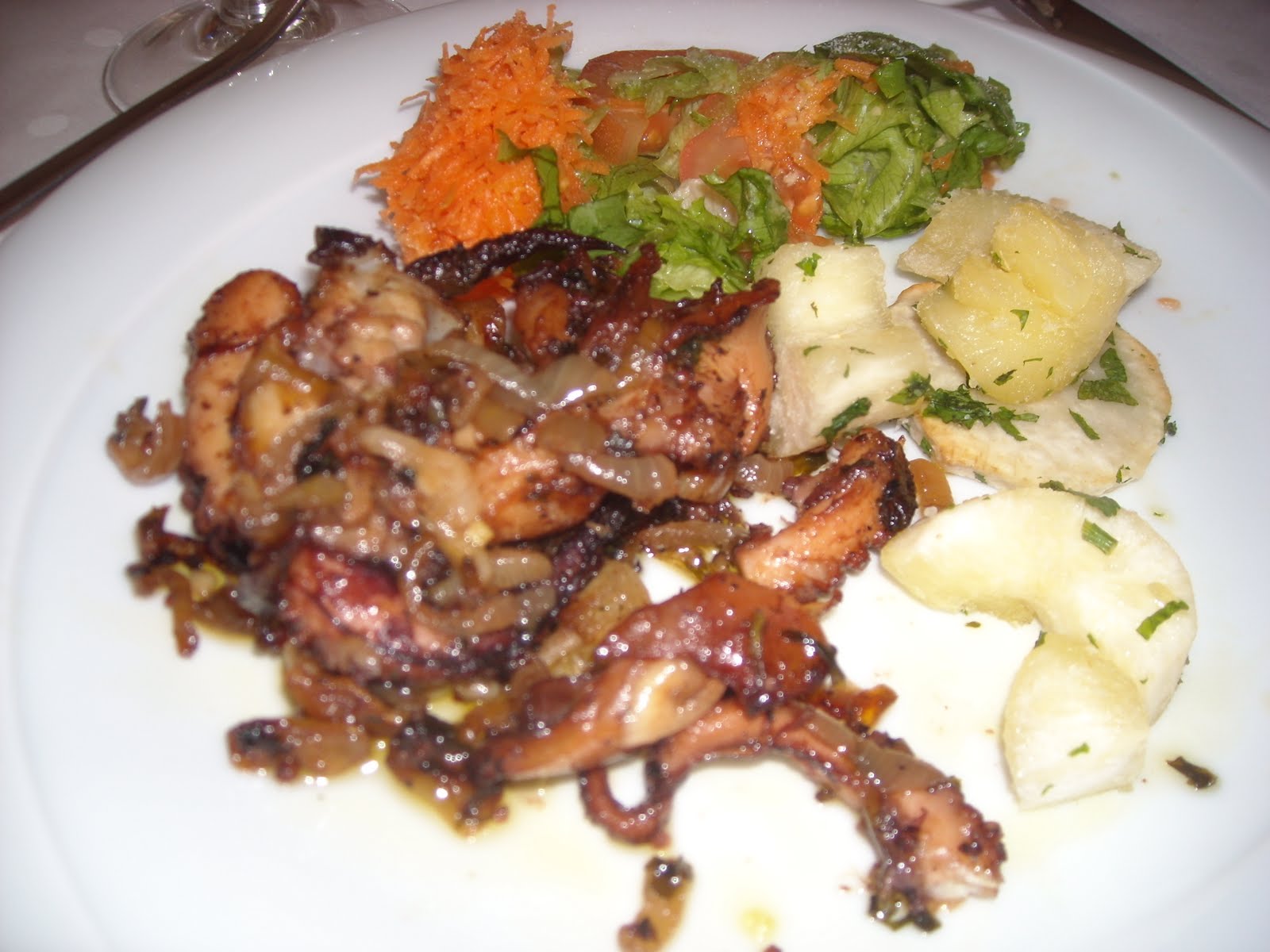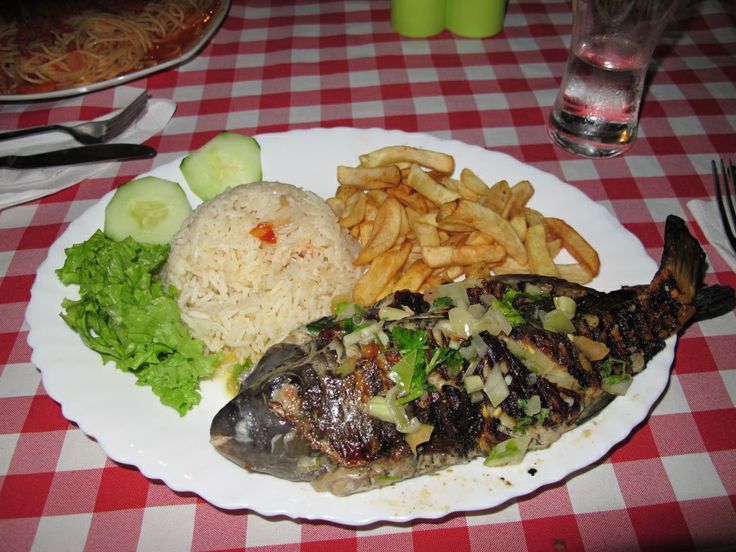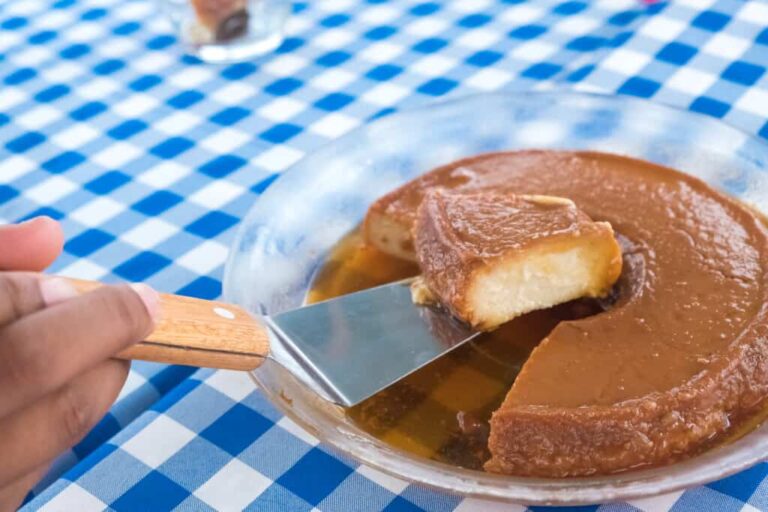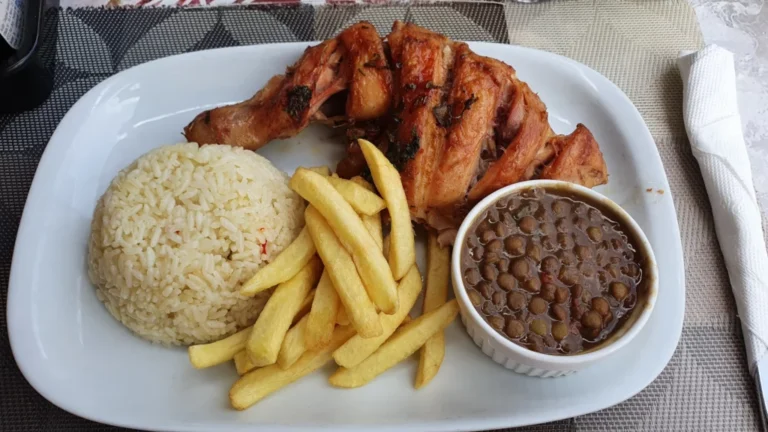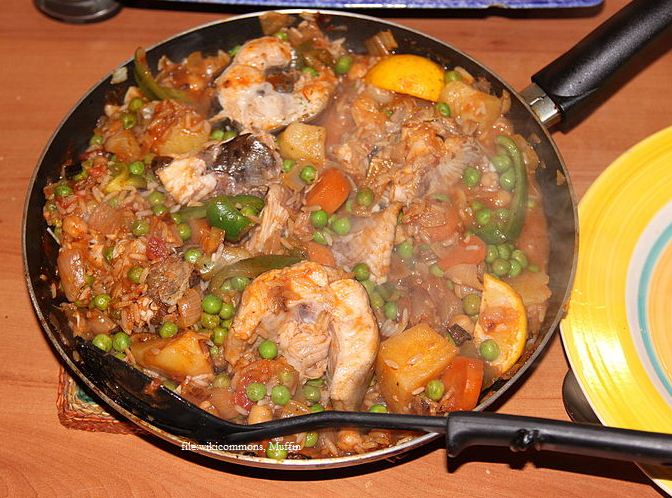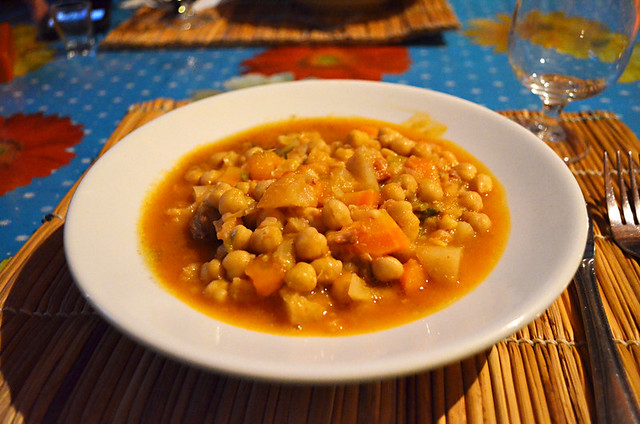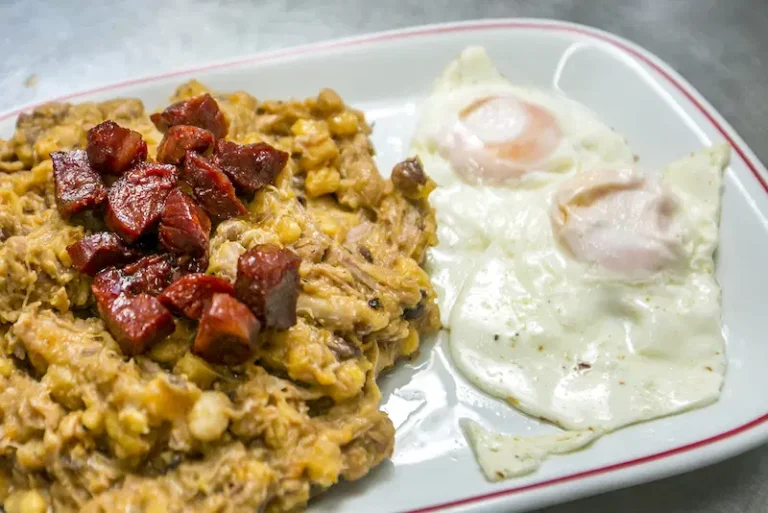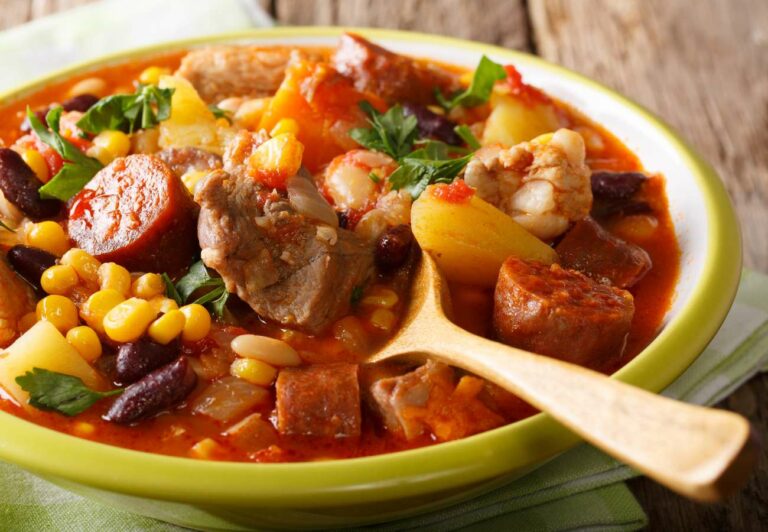Introduction: Discovering Cabo Verdean Cuisine
Cabo Verde, a small archipelago nation located off the coast of West Africa, is known for its stunning beaches, vibrant music, and warm hospitality. However, the country’s cuisine is often overlooked by travelers. Cabo Verdean cuisine is a delightful blend of African and Portuguese flavors that reflects the country’s history and culture. Seafood plays a central role in Cabo Verdean cuisine, with fish and shellfish featuring prominently in many dishes.
Cabo Verdean Seafood: A Delicious Blend of African and Portuguese Flavors
The islands of Cabo Verde are surrounded by some of the richest fishing grounds in the world, and seafood is a staple food in the country. Cabo Verdean seafood dishes combine the bold, spicy flavors of West African cuisine with the more subtle, refined flavors of Portuguese cooking. The result is a unique and delicious blend of flavors that will tantalize your taste buds.
Cachupa Rica: The National Dish of Cabo Verde
Cachupa Rica is the national dish of Cabo Verde, and it is a hearty stew made with corn, beans, vegetables, and various meats and/or seafood. The dish can vary from island to island, and each family has their own unique recipe. However, nearly all versions of cachupa include some type of seafood, such as fish, shrimp, or octopus. Cachupa is traditionally eaten for breakfast, but it can be enjoyed at any time of day.
Lagostada: A Flavorful Lobster Stew
Lagostada is a rich and flavorful lobster stew that is a popular dish in Cabo Verde. The dish features tender chunks of lobster meat cooked in a tomato-based sauce flavored with garlic, onions, and other aromatic herbs and spices. Lagostada is typically served with rice or bread and is a perfect meal for a special occasion or a romantic dinner.
Catchupa: A Hearty Fish Stew
Catchupa is another hearty stew that is a staple food in Cabo Verde. The dish is made with a variety of fish, vegetables, and beans, along with a blend of spices and herbs. The stew is slow-cooked for several hours to allow the flavors to develop fully. Catchupa is often served with a side of rice and is a filling and satisfying meal.
Xerém: A Dish Made with Corn and Seafood
Xerém is a traditional Cabo Verdean dish made with ground corn and seafood. The dish is similar to polenta and is typically served with fish or shellfish. Xerém can be prepared in a variety of ways, but it often includes onions, peppers, and other vegetables for added flavor.
Grilled Tuna: A Simple and Tasty Delight
Grilled tuna is a simple and tasty dish that is popular in Cabo Verde. The tuna is typically marinated in a mixture of olive oil, garlic, and lemon juice before being grilled to perfection. The dish is often served with a side of rice and salad and is a healthy and delicious meal.
Pastel de Atum: A Tasty Tuna Pie
Pastel de Atum is a savory tuna pie that is a popular snack in Cabo Verde. The pie is made with a flaky pastry crust filled with a mixture of tuna, onions, potatoes, and other vegetables. Pastel de Atum is often served as an appetizer or as a light meal.
In conclusion, Cabo Verdean seafood dishes offer a delightful blend of flavors that reflect the country’s history and culture. From hearty stews to savory pies, Cabo Verdean cuisine is sure to satisfy any seafood lover. If you’re planning a trip to Cabo Verde, be sure to try some of these delicious dishes and experience the unique flavors of this vibrant country.

